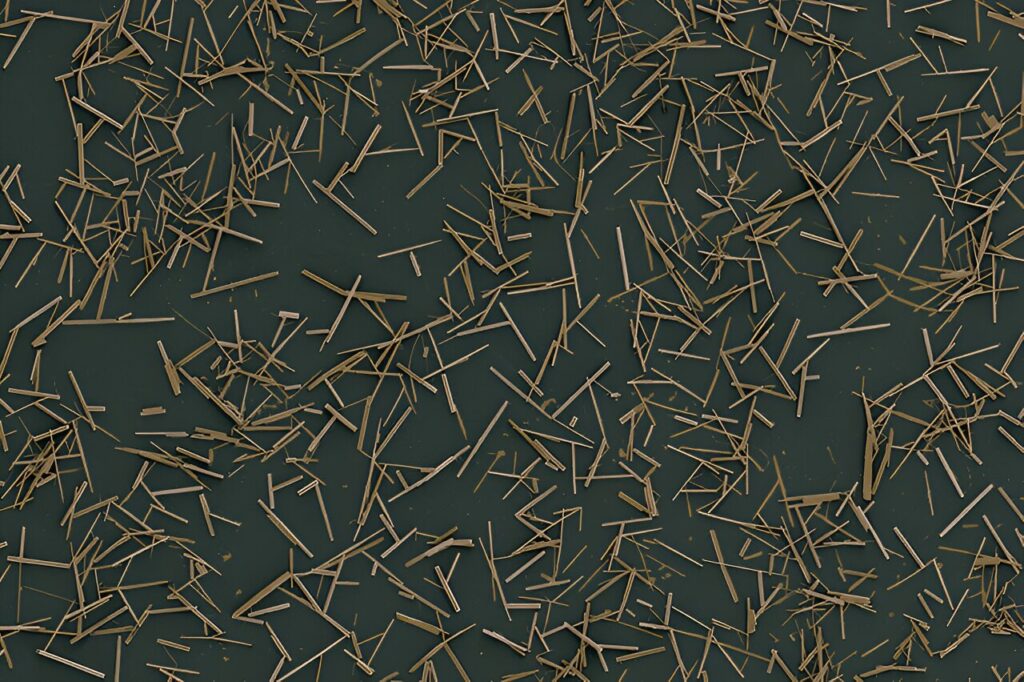Purdue University engineers have developed a patent-pending method to synthesize high-quality, layered perovskite nanowires with large aspect ratios and tunable organic-inorganic chemical compositions.
Letian Dou, the Charles Davidson Associate Professor of Chemical Engineering in the College of Engineering and associate professor of chemistry, by courtesy, leads an international team that includes postdoctoral research assistant Wenhao Shao and graduate research assistant Jeong Hui Kim of the Davidson School of Chemical Engineering.
Dou said the Purdue method creates layered perovskite nanowires with exceptionally well-defined and flexible cavities that exhibit a wide range of unusual optical properties beyond conventional perovskites.
“We observed anisotropic emission polarization, low-loss waveguiding below 3 decibels per millimeter and efficient low-threshold light amplification below 20 microjoules per square centimeter,” he said. “This is due to the unique 2D quantum confinement inside the 1D nanowire as well as the greatly improved crystal quality.”
The research has been published in the journal Science. Dou and his team disclosed their innovation to the Purdue Innovates Office of Technology Commercialization, which has applied for a patent from the U.S. Patent and Trademark Office to protect the intellectual property.
New method vs. traditional method
Shao said layered metal halide perovskites, commonly called 2D perovskites, can be synthesized in solution and their optical and electronic properties tuned by changing their composition. They easily grow into large, thin sheets, but growth of one-dimensional forms of the materials is limited.
“Traditional methods like vapor-phase growth or lithographically templated solution phase growth have high processing complexity and cost,” he said. “They also have limited scalability and design flexibility.”
Kim said the Purdue method uses organic templating molecules that break the in-plane symmetry of layered perovskites and induce one-dimensional growth through secondary bonding interactions.
“Specifically, these molecules introduce in-plane hydrogen bonding that is compatible with both the ionic nature and octahedron spacing of halide perovskites,” she said. “Nanowires of layered perovskites could be readily assembled with tailorable lengths and high-quality cavities to provide an ideal platform to study lasing, light propagation and anisotropic excitonic behaviors in layered perovskites.”
Dou said, “Our approach highlights the structural tunability of organic-inorganic hybrid semiconductors, which also brings unprecedented morphological control to layered materials. This work really breaks the boundary between the traditional 1D and 2D nanomaterials, combining different features into one material system and opening many new possibilities.”
“This is just a start of an exciting new direction,” Dou said. “We are currently developing new compositions and structures to further improve the lasing performance and stability. We are also looking into large-scale patterning of these 1D nanostructures to build integrated photonic circuits. We are also interested in partnering with industry to scale up the chemistry and device applications.”


